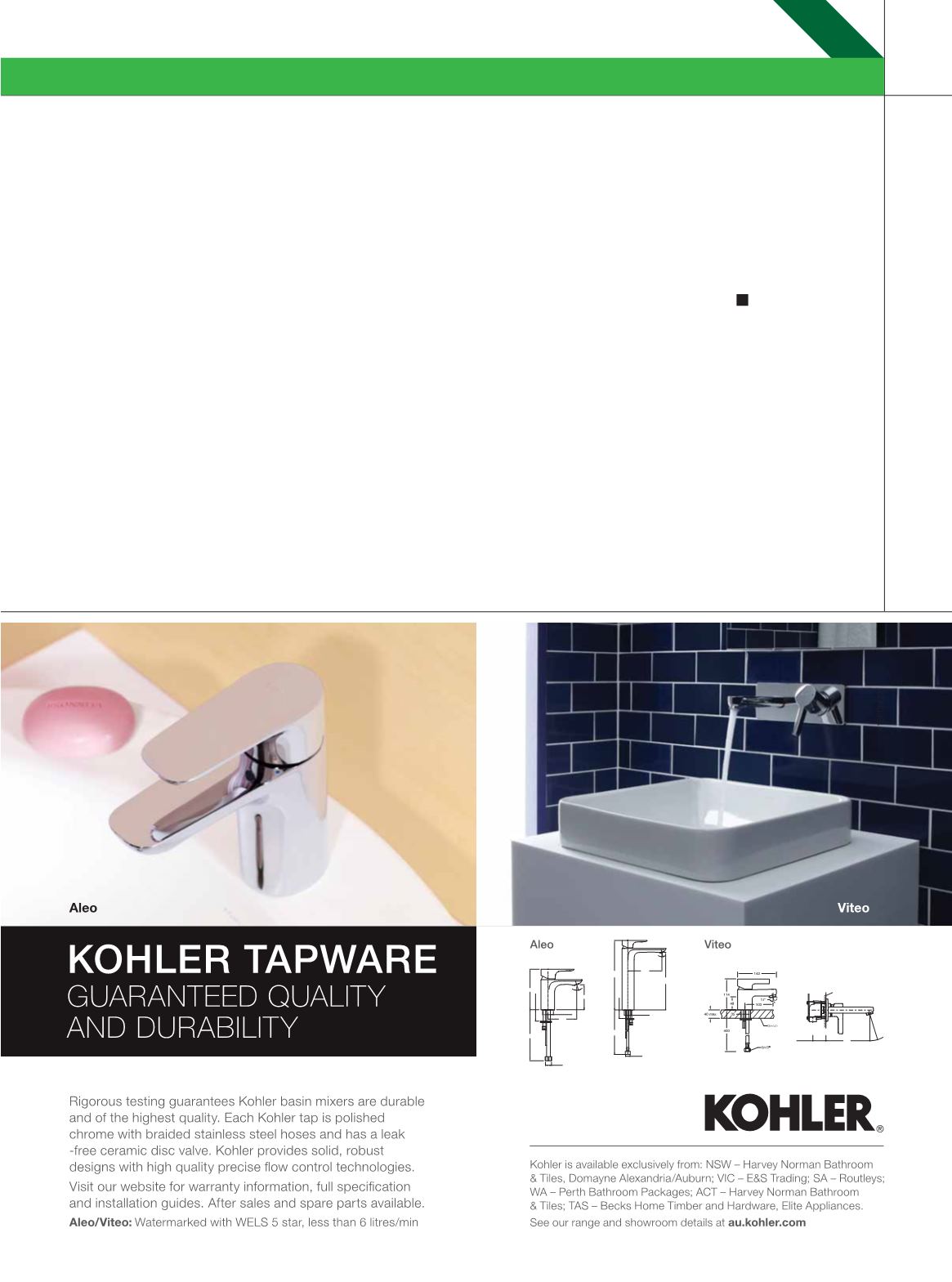

PLUMBING CONNECTION
SPRING 2016 59
The two questions most asked
regarding the installation of a backflow
preventer are as follows:
∫ do I need to support the device?
∫ what size drain do I need under the
RPZ?
The first is easy. It is good practice
to support the device so that its
weight doesn’t cause any strain on
the pipe work. Use a commonsense
approach and ensure the finished job is
commensurate with the professional
you are.
The second is much more difficult.
All device manufacturers provide
information on the discharge volumes
that RPZs will dump at various
pressures. Devices will dump water for
a number of reasons. One is pressure
fluctuations. This will cause the device
to spit water from the relief vent and
often will not cause more than a minor
inconvenience. Another is the device
will empty all the water from within the
valve should a negative supply incident
occur. This can be a large volume
depending on the size of the device;
15mm may be a cup full, 250mm will
be a bucket or more. The other reason
is a massive failure whereby through
either the head pressure within the
piping system or a ring main feed, the
device goes fully open and discharges
continually at full back pressure.
This is where the drain size is
critical and could mean the difference
between an inconvenience and a
large clean up cost and potential
insurance claim/litigation case. Your
customer expects the designer and the
installer to understand the operation
and potential issues so ensure you
know what the device manufacturer
recommends for their device.
Ensure you read the installation
instructions supplied with the
valves or ask your supplier for some
training. Ongoing skills based training
and development can assist with
minimising the chance of unexpected
pain and suffering.
Peter McLennan has been involved
with Backflow Prevention in Australia
since the late 1980s, is the President
of the Backflow Prevention Association
of Australia Inc., and Secretary of the
Backflow Prevention Association of
Australia Inc. Queensland Chapter.
Contact:
Visit
www.bpaa.org.auto find out more
about how the Backflow Prevention
Association of Australia Inc. can help
you understand cross connection
control and backflow prevention.
G 1/2”
Ø31~Ø37
100
18º
142
88
40Max.
450
Ø31~Ø37
159
14º
G1/2˝
323
268
40Max.
360
48.5~58.5
163
17°
Finishedwall
















